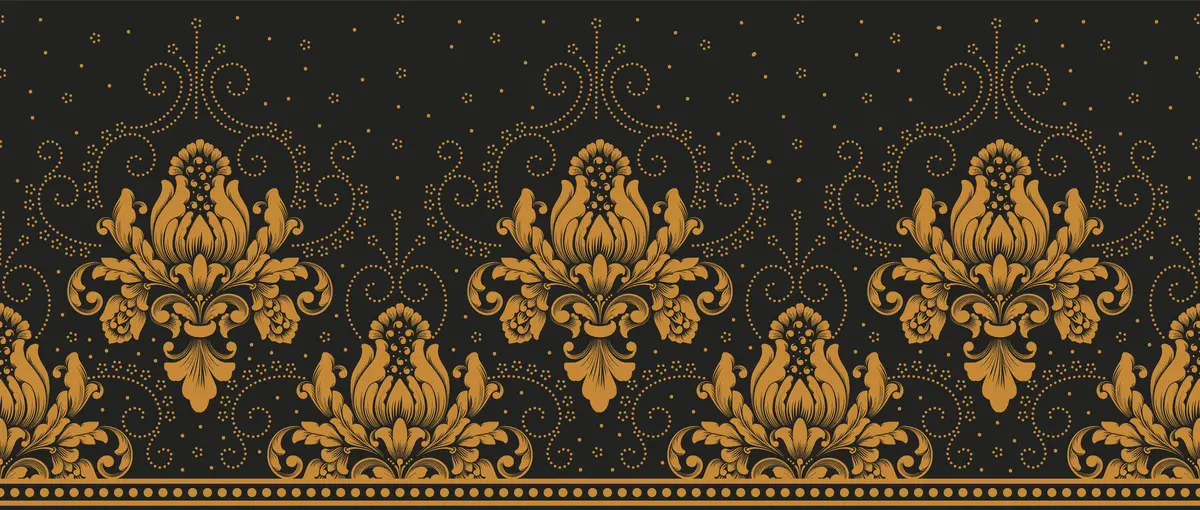Batik fabric, pronounced ‘bə-ˈtēk’ in English, is a unique textile that embodies cultural heritage, intricate designs, and vibrant colors. In this discussion, we’ll explore its origins and significance, tracing its roots back to ancient Indonesian civilizations.
We’ll delve into the diverse styles and techniques of batik, from traditional motifs inspired by nature to contemporary interpretations that blend modern influences. Additionally, we’ll explore the meticulous creation process, which involves the traditional wax-resist dyeing technique and essential tools.
Exploring The Process of Indonesian Batik Fabrics
Batik fabric offers a wide range of styles and techniques, showcasing its enduring appeal and artistic versatility. Traditional batik features intricate motifs inspired by nature, mythology, and folklore. Meanwhile, contemporary interpretations blend these traditional designs with modern influences, creating unique and vibrant patterns.
The techniques used to create batik fabric are equally diverse. Some artisans use hand-drawn designs with a canting tool, while others employ block printing, using stamps to apply wax.
Batik fabric, with its rich heritage and cultural significance, represents an extraordinary artistic textile. Its intricate designs and vibrant colors are a testament to the impeccable craftsmanship passed down through generations. Here is the process on how to create Indonesian Batik you must know:
Traditional Batik Technique
To truly understand the artistry of batik fabric, it’s important to explore the traditional technique of wax-resist dyeing. This ancient method involves applying melted wax to specific areas of the fabric, forming a protective barrier against dyes.
The waxed areas resist the dye, preserving the original color or creating intricate patterns. After the wax has dried, the fabric is submerged in a dye bath, allowing the desired color to penetrate the exposed areas. This process is repeated, layer by layer, to achieve the desired complexity of design and depth of color. Finally, the wax is removed, revealing the intricate beauty of the batik fabric.
Tools and Materials
To begin your batik-making journey, you’ll need a set of essential tools and materials. A tjanting is small tool from metal with a spout. You need it to apply hot wax onto the fabric. It provides precise control, allowing artists to create intricate lines and shapes. Alternatively, a canting, which has a wooden handle and a copper reservoir, can be used for applying wax.
You’ll also need a sturdy frame to stretch the fabric tightly during the wax application and dyeing process. Natural dyes, like indigo, are often preferred for achieving authentic colors, though synthetic dyes offer a wider range of hues. Finally, it’s best to use fabric made of natural fibers, such as cotton or silk, as they absorb dyes effectively.
Designing and Dyeing Indonesian Batik
Designing and dyeing batik fabric need a few meticulous steps. First, you must create a design by drawing it onto the fabric. Alternatively, you can transfer a pre-drawn design, here you need carbon paper to do so. Next, you apply wax to the areas that should remain undyed, using the tjanting or canting tool. The wax needs to cool and harden before moving on to the dyeing stage.
Prepare the dyes according to the instructions of the manufacturer’s and submerge the fabric. This will allow it to absorb vibrant hues. After that, rinse and dry the fabric. Then, you can repeat the wax application and dyeing process for more layers. The last step is to remove the wax by boiling the fabric. You also can remove the wax by ironing between layers of absorbent paper. As a result, beautiful batik fabric has intricate patterns and vibrant hues that tell the dedication and skill of the artist.



